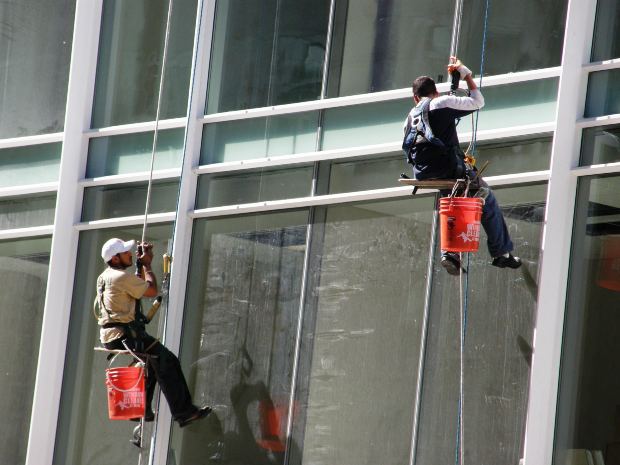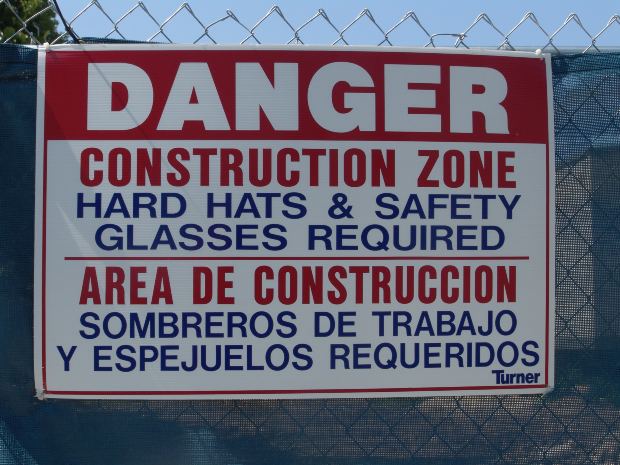Two South Carolina men suffered serious burns after the materials they were working with ignited in an underground diesel gas tank at a Manchester gas station.
According to Manchester Fire Chief James Burkush, the two men were part of a five men crew that was re-lining the interior of a diesel gas tank. The two men were in the gas tank when a flammable chemical resin they were using to affix fiberglass material to the sides of the tank, caught fire.
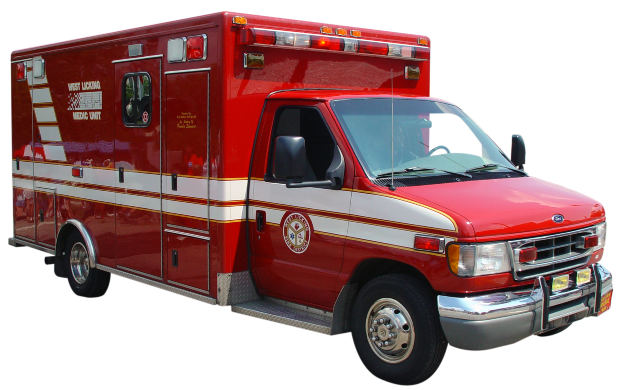 Witnesses to the incident said that there was no actual explosion rather there were plumes of heavy smoke rising out of the manhole where the two men were working. One of the men was able to get himself out immediately, but the other worker had to be pulled out by his safety harness. John Brewer, owner of Johnny B’s Car Care which is attached to the Mobile station the men were working at, said that one of the men he cared for had severe burns to his skin and his skin seemed to be melting off.
Witnesses to the incident said that there was no actual explosion rather there were plumes of heavy smoke rising out of the manhole where the two men were working. One of the men was able to get himself out immediately, but the other worker had to be pulled out by his safety harness. John Brewer, owner of Johnny B’s Car Care which is attached to the Mobile station the men were working at, said that one of the men he cared for had severe burns to his skin and his skin seemed to be melting off.
Fire officials believe that an electrical light attached to the edge of the tank started the fire. After they vented the smoke and fire, firefighters were able to go inside the tank, where they were able to recover the light, a respirator, and clothing of the burnt worker. Burkush said that the fiberglass was completely melted and burnt during the fire.
Both men were treated at an area hospital with life-threatening injuries before being flown to a hospital in Boston. Doctors at Elliot Hospital in Manchester, where the men were first treated, said that aside from the burns each of the men sustained, they both suffered from pulmonary and inhalation injuries from smoke and toxic fumes.
——————————————————————————————————————————————
Burns can happen in many different on-the-job situations; whether at a factory, chemical plant, construction site, kitchen, or other type of industrial site. Regardless of their cause, burns (scalds, chemical burns, electrical burns, radiation burns, smoke and inhalation, or contact burns), can be incredibly painful and can cause long-term complications such as scars or disfigurement, and even death.
Continue reading
 Massachusetts Workers' Compensation Lawyer Blog
Massachusetts Workers' Compensation Lawyer Blog


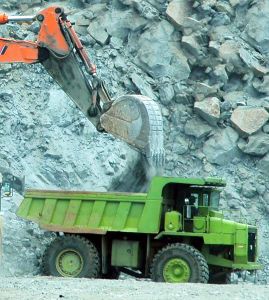 Currently, OSHA enforces a rule dated 40 years to regulate permissible exposure limits (PEL) for silica exposure, which is inconsistent between different work industries. The proposed rule would bring these PELs up to workplace standards and into the 21st century; greatly lowering the amount of silica exposure to workers. OSHA predicts that this new mandated policy would save nearly 700 lives per year and prevent 1,600 new cases of silicosis annually.
Currently, OSHA enforces a rule dated 40 years to regulate permissible exposure limits (PEL) for silica exposure, which is inconsistent between different work industries. The proposed rule would bring these PELs up to workplace standards and into the 21st century; greatly lowering the amount of silica exposure to workers. OSHA predicts that this new mandated policy would save nearly 700 lives per year and prevent 1,600 new cases of silicosis annually.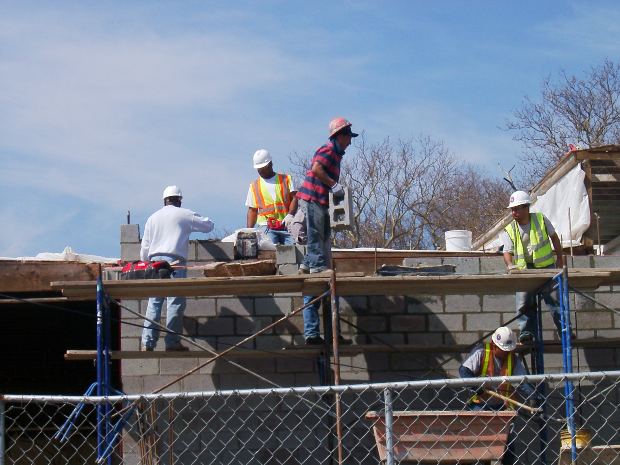 When an employee is injured at work, a certain protocol is taken to investigate how and why the accident occurred. Witness interviews are a crucial part of this protocol, and are heavily relied upon by investigators, as these testimonies provide important information that can help piece together the situation. While the purpose of investigations is not to specifically find fault for an accident, investigations are used to identify the root cause of the incident and help both employers and employees prevent similar accidents in the future. Investigations are also conducted to fulfill legal requirements, determine the costs associated with the accident, determine compliance (on behalf of the employee and the employer) with safety regulations and to determine and correct safety hazards, and to correctly process workers’ compensation claims.
When an employee is injured at work, a certain protocol is taken to investigate how and why the accident occurred. Witness interviews are a crucial part of this protocol, and are heavily relied upon by investigators, as these testimonies provide important information that can help piece together the situation. While the purpose of investigations is not to specifically find fault for an accident, investigations are used to identify the root cause of the incident and help both employers and employees prevent similar accidents in the future. Investigations are also conducted to fulfill legal requirements, determine the costs associated with the accident, determine compliance (on behalf of the employee and the employer) with safety regulations and to determine and correct safety hazards, and to correctly process workers’ compensation claims. Temperatures reached the 90s on Friday, with high levels of humidity. When rescuers responded, they found Baldassarre unconscious with a temperature of 110 degrees.
Temperatures reached the 90s on Friday, with high levels of humidity. When rescuers responded, they found Baldassarre unconscious with a temperature of 110 degrees. 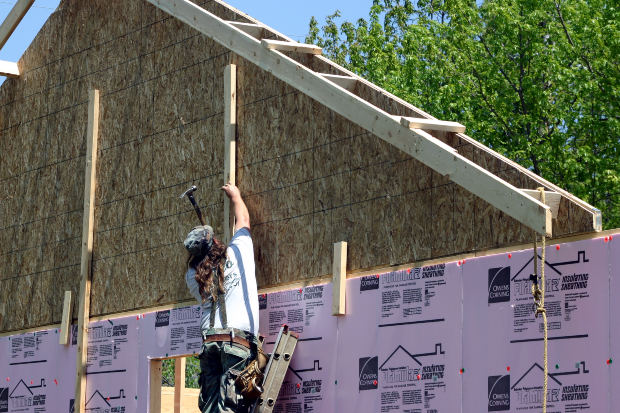 Whether it was a misstep by the victim, a manufacturing defect with the ladder or any other circumstance that caused the fall, ultimately the roofing company may be liable. By OSHA standards, employers are responsible for providing safe work environments for all of his or her employees to prevent hazardous situations that pose the threat of serious bodily injury or death. Though the details of this situation are still vague, what can be discerned is that had proper safety precautions been taken; such as the use of a safety harness, the man’s death may have been prevented.
Whether it was a misstep by the victim, a manufacturing defect with the ladder or any other circumstance that caused the fall, ultimately the roofing company may be liable. By OSHA standards, employers are responsible for providing safe work environments for all of his or her employees to prevent hazardous situations that pose the threat of serious bodily injury or death. Though the details of this situation are still vague, what can be discerned is that had proper safety precautions been taken; such as the use of a safety harness, the man’s death may have been prevented. 